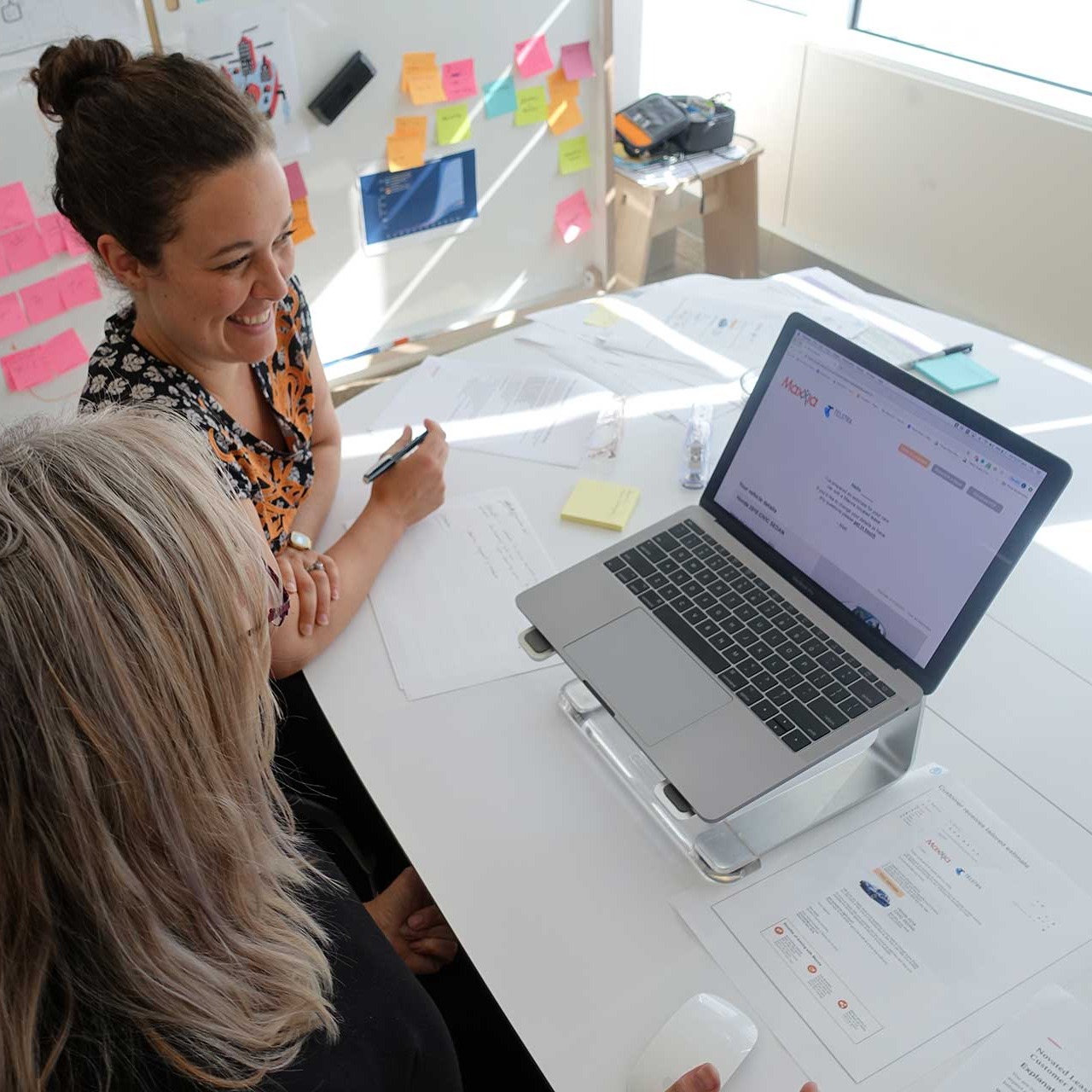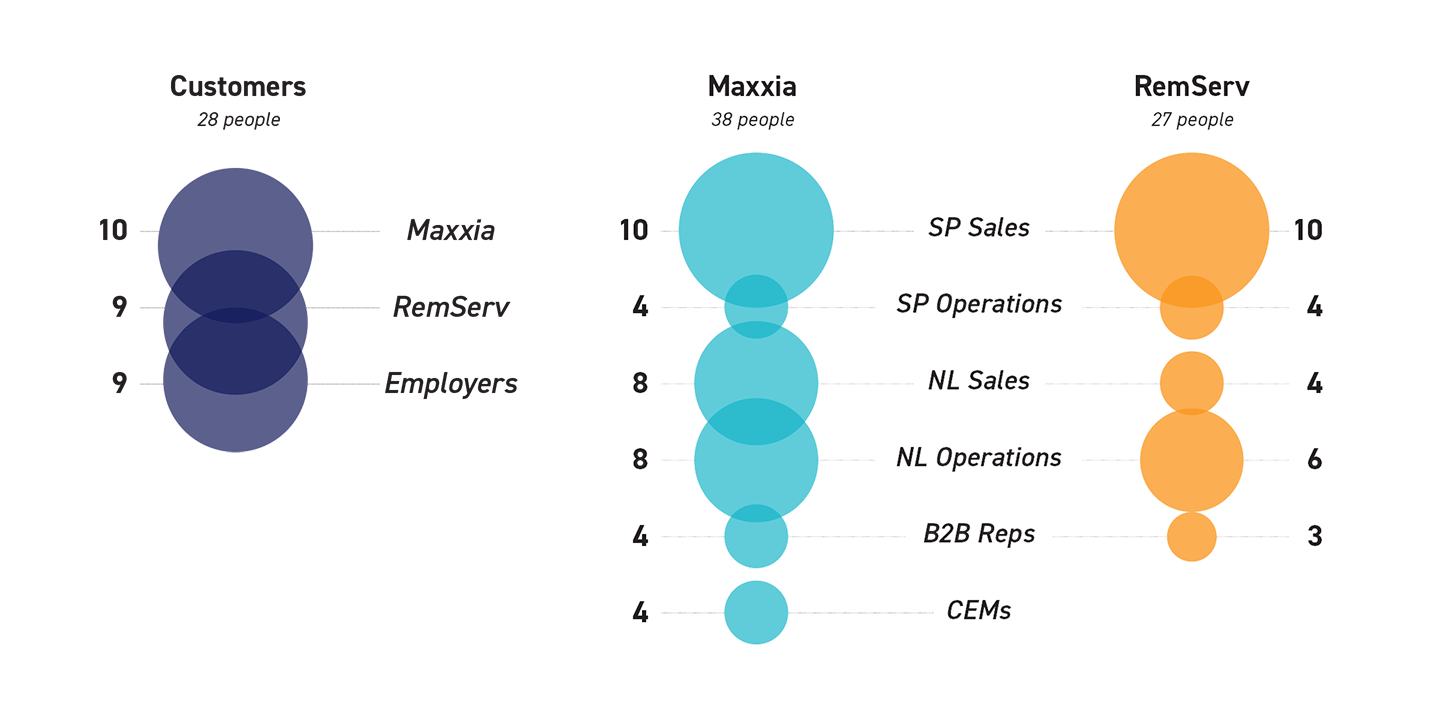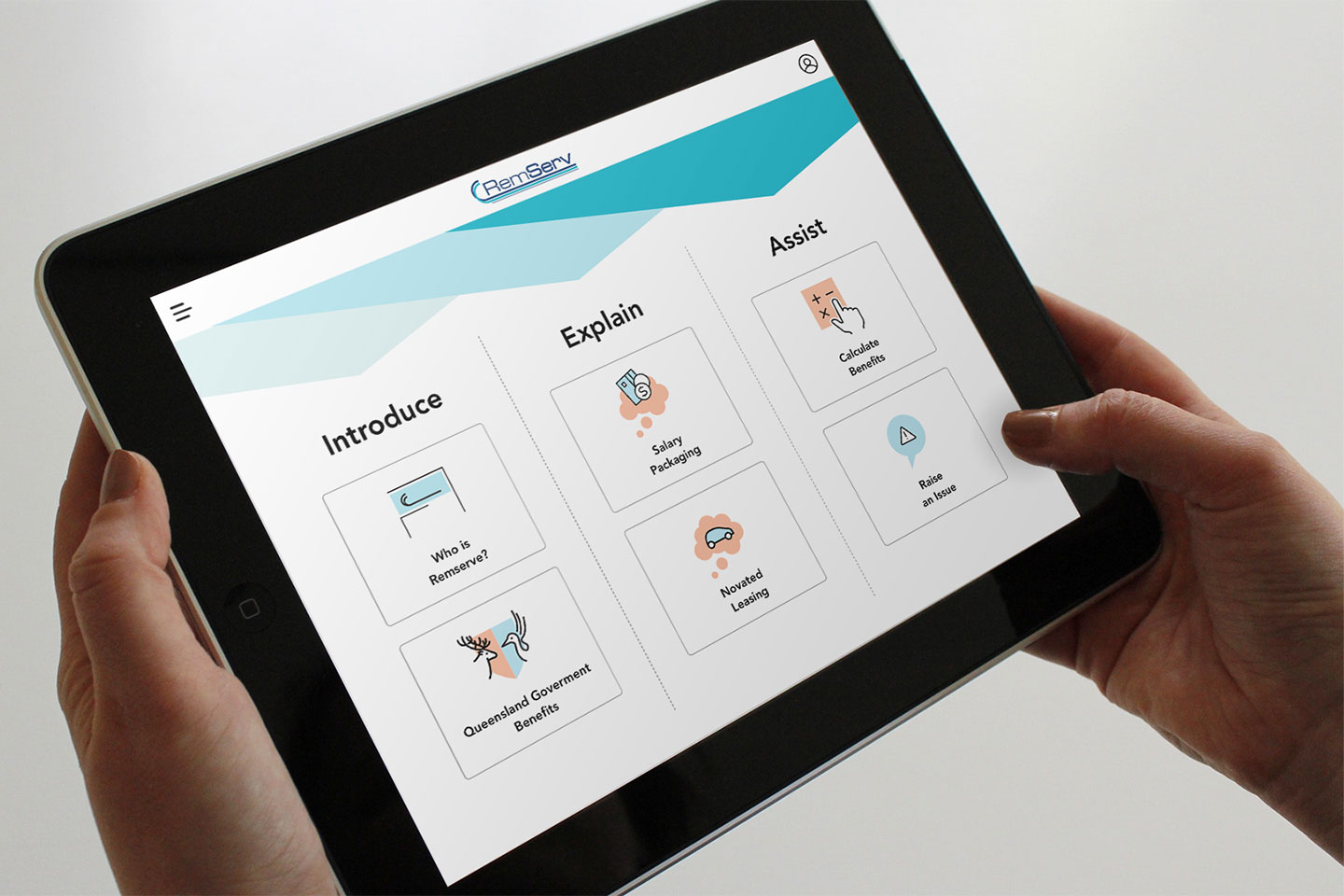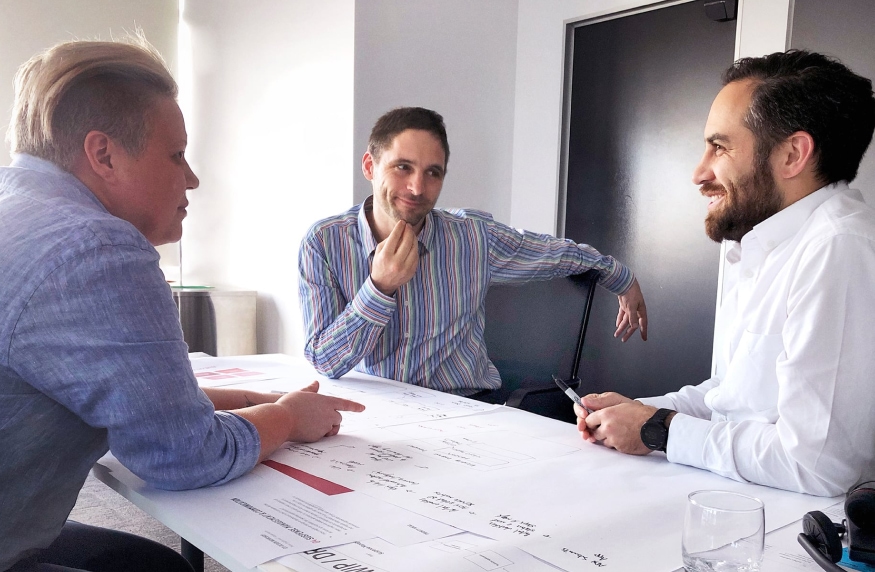McMillan Shakespeare
Driving business transformation with experience mapping
The McMillan Shakespeare Group asked Paper Giant to inform their business transformation strategy by providing strategic insight and critique of their current operating model.

Outcomes
Created a service blueprint depicting the end to end process for novated leasing and salary packaging customers
Informed the group’s transformation strategy
Identified opportunities to create operational efficiency and enhance the customer experience
Services
- Service design
- Strategic design
- Customer experience
- Employee experience
- Journey mapping
Sectors
The need for transformation
As a leading supplier of salary packaging and novated leasing products, The McMillan Shakespeare Group, have serviced thousands of Australian customers through their consumer facing brands Maxxia and RemServ.
Market success has resulted in inefficiencies that have begun to affect employees and consumers. Their Beyond 2020 program, the largest set of business transformation initiatives the group has ever undertaken, aims to increase productivity and revenue by 50% and 30% respectively. It was critical that they has a customer experience strategy that could evolve and adapt to stay ahead of consumer mobility trends and future disruptors to reach these goals.
Paper Giant was asked to assist in the delivery of the strategy by engaging customers to understand their perspectives and experiences with the brand and with Maxxia and Remserv staff to interrogate the existing operational model and identify opportunities for greater efficiency.

Data visualisation of the customers and staff interviewed as part of the project
The danger of operational silos
Through our research, we uncovered a siloed and disconnected organisation where business units operated within disparate operating models, had little understanding of each other's processes and even used vastly different language sets when referring to processes, procedures and products.
While operating efficiently within these silos has clearly been a contributor to the group’s success by enabling expertise, our research found that operating within these silos had been felt negatively by the customer. Their experiences when traversing multiple touchpoints throughout the sales and onboarding process were disjointed, confusing and lacked the human customer-centric approach to customer service that is a staple feature of so many other brands.

Excerpt from the service journey map
Refocusing on the customer
We examined the journey from the perspective of the group's partner companies as well as their end user. Both perspectives were mapped and used to unearth opportunities to improve the service models for both customer types, and design interventions to counteract known flaws in the group’s operating model and take a lean approach to sales and onboarding activities by reducing the number of touchpoints within the customer journey.
We identified opportunities to create more value for the customer by; reducing the number of touchpoints across the journey, humanising the language used to describe its products and better addressing the needs and constraints of their core consumer group (e.g. shift workers that are unable to answer phone calls to their workplace).
The journey maps provided the group with a holistic understanding of their own processes. It provided an opportunity to disrupt current practices, to reconsider priorities and imagine new possibilities. Our singular vision is now helping the organisation to bring disparate teams, practices and process around what matters most: the customers.

Service concept for face fo face meetings


